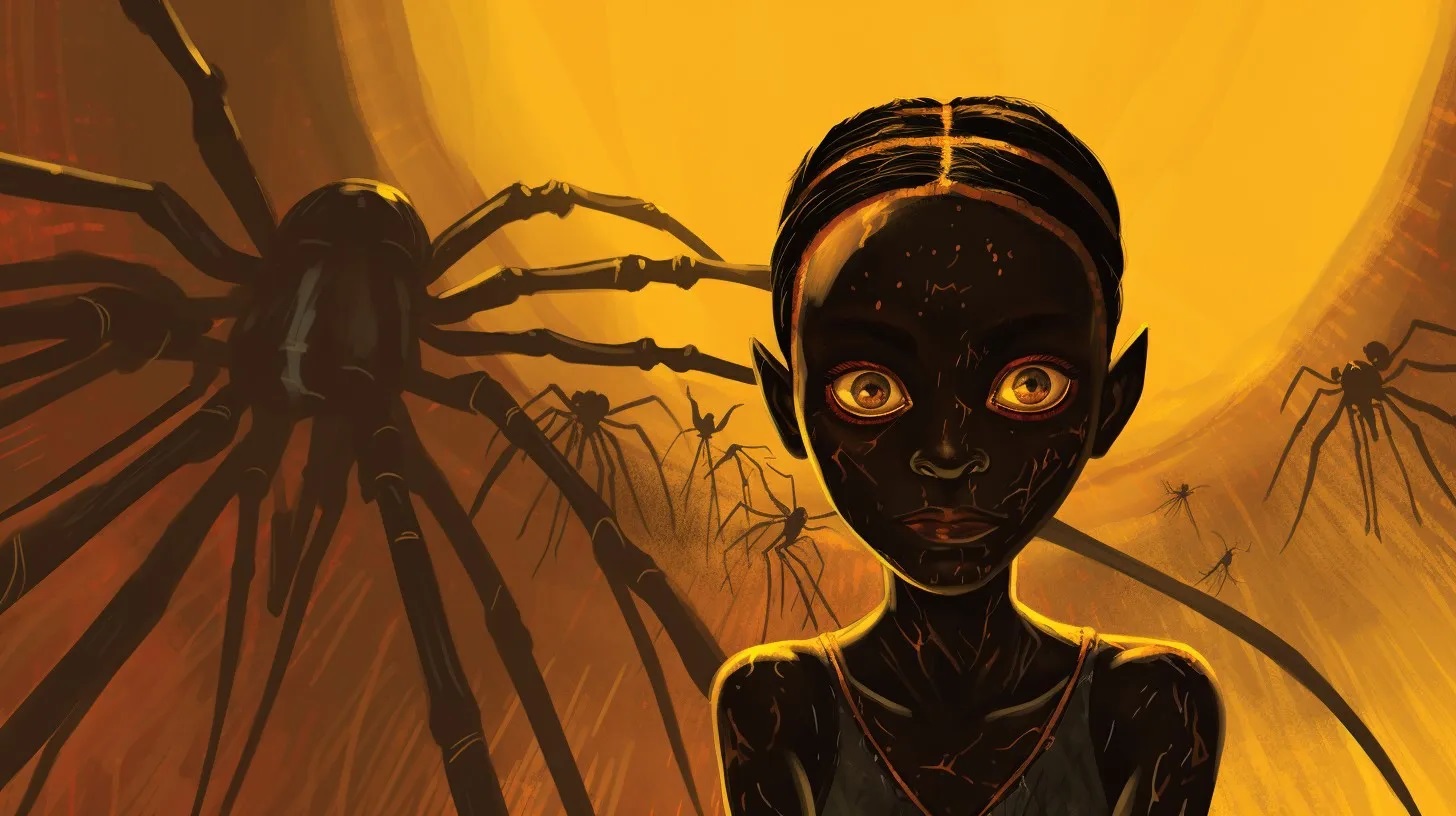
Weather is one of the most dynamic and intriguing aspects of our planet. From the dazzling dance of lightning to the eerie silence of snowfall, weather phenomena captivate our imagination and impact our lives in countless ways. Did you know that snow isn't actually white or that the United States experiences more tornadoes than any other country? These facts highlight the diversity and unpredictability of our atmosphere. Whether it's the blistering heat of a desert or the biting cold of a polar region, weather shapes our world in extraordinary ways. Let's dive into some of the most unusual weather phenomena that make our planet so unique.
Key Takeaways:
- Snow and ice hold secrets and stories, like how snow isn't actually white and Antarctica is one of the driest places on Earth. The wonders of snow and ice reveal the complexity of our planet's weather systems.
- Thunderstorms and tornadoes are powerful forces of nature, with the U.S. experiencing the most tornadoes and raindrops falling at speeds up to 30 kilometers per hour. These unusual weather phenomena showcase the planet's diverse climate.
The Wonders of Snow and Ice
Snow and ice are more than just cold and white. They hold secrets and stories that reveal the complexity of our planet's weather systems.
-
Snow Isn't Actually White
Snow appears white because light reflects off the ice crystals. Each crystal acts like a tiny prism, scattering light in all directions. Sometimes, snow can look blue or gray, depending on the sun's angle and impurities. -
It Almost Never Snows in Antarctica
Despite its icy reputation, Antarctica is one of the driest places on Earth. The air is so cold and dry that snowflakes rarely form, making snowfall a rare event. -
The Mississippi River Once Froze Over Its Entire Length
In 1673, the Mississippi River froze solid, allowing explorers to walk across it. This rare event happened due to an exceptionally cold winter. -
There's a Snowflake Catalogue
The National Snow and Ice Data Center (NSIDC) has a catalogue of snowflakes. It includes images and descriptions of various shapes and sizes, helping scientists understand snow formation.
Thunderstorms and Tornadoes
Thunderstorms and tornadoes are powerful forces of nature. They can be both awe-inspiring and terrifying.
-
The United States Has the Most Tornadoes
The U.S. experiences more tornadoes than any other country. Warm, moist air from the Gulf of Mexico meets cool, dry air from Canada, creating perfect conditions for tornadoes. -
Scientists Counted Thunderstorms
Around 2,000 thunderstorms occur every minute worldwide. These storms produce lightning, thunder, and heavy rain, shaping our weather. -
Raindrops Are Really Fast
Raindrops can fall at speeds up to 30 kilometers per hour (18.6 miles per hour). The size of the raindrop and storm cloud updrafts influence this speed. -
Thunder and Lightning Are the Same Thing
Lightning is the visible discharge of electricity during a storm, while thunder is the sound of air rapidly expanding along the lightning bolt's path.
Extreme Weather Records
From record-breaking temperatures to unusual rainfall, extreme weather events showcase the planet's diverse climate.
-
The Wettest Place on Earth
Mawsynram, India, receives over 11,872 millimeters (467 inches) of rain annually. Its location in the Khasi Hills, where moist air from the Bay of Bengal hits, creates heavy rainfall. -
The Lowest Temperature Ever Recorded
Antarctica holds the record for the lowest temperature at -89.2°C (-129°F). The continent's high elevation and dry atmosphere contribute to this extreme cold. -
The Sunniest Place on Earth
Yuma, Arizona, enjoys over 4,000 hours of sunshine per year. Its location in the Sonoran Desert, with clear skies and low humidity, makes it incredibly sunny. -
The Coldest Place on Earth
Oymyakon, Russia, has recorded temperatures as low as -71.2°C (-96°F). Its high latitude and permafrost presence create extreme cold.
Unique Weather Phenomena
Some weather phenomena are so unique that they seem almost otherworldly.
-
Crickets Are Thermometers
Count a cricket's chirps for a minute and add 40 to estimate the temperature in Fahrenheit. This method is surprisingly accurate. -
You Can't Actually Smell Rain
The scent of rain comes from oils released by plants, not the rain itself. These oils are brought to the surface after rain, creating the familiar smell. -
Blood Rain Is a Real Thing
Blood rain occurs when red particles, like iron oxide or plant material, mix with rain clouds. The most famous example happened in Kerala, India, in 2001. -
Record-Breaking Hail
The largest hailstone recorded was 20 centimeters (7.9 inches) in diameter and weighed 1.9 kilograms (4.2 pounds). It fell in Vivian, South Dakota, in 2010.
Unusual Weather Events
Some weather events are so unusual that they defy expectations and challenge our understanding of the natural world.
-
A Heatwave Once Turned Grapes into Raisins Before They Were Picked
In 2003, a severe heatwave in Europe dried grapes on the vine, turning them into raisins before harvest. This event showed the devastating impact of extreme heat on crops. -
Hurricane Harvey Changed Rain Maps Forever
Hurricane Harvey in 2017 caused unprecedented flooding in Houston, Texas. The storm's heavy rainfall and slow movement led to significant revisions of rain maps and flood prediction models. -
There Is a Record for Greatest Rainfall in a Minute
During the 2001 Kerala floods in India, 1,144 millimeters (45 inches) of rain fell in just one minute. Atmospheric instability and moisture-laden air from the Indian Ocean caused this extreme event. -
The Longest-Lasting Tropical Cyclone
Typhoon Tip lasted for 31 days in 1979. This Category 5 hurricane maintained its strength for an unusually long period due to favorable atmospheric conditions.
The Power of Wind and Sand
Wind and sand can create dramatic and sometimes dangerous weather events.
-
Wind is Silent
Wind itself makes no sound. The noise we hear comes from wind moving through objects, creating friction and generating noise. -
A Town in France is One of the Windiest in the World
Les Landes in southwestern France experiences extreme winds due to its location on the Atlantic coast, where prevailing westerly winds create challenging conditions. -
Sandstorms Can Swallow Up Entire Cities
Sandstorms, or dust storms, can reduce visibility to near zero and cause respiratory problems. In extreme cases, they can engulf entire cities, as seen in the 1930s in the U.S. -
Dirt Mixed with Wind Can Make Dust Storms Called Black Blizzards
Black blizzards occur when strong winds mix with dry soil, creating massive dust clouds that block sunlight and reduce visibility. These storms are particularly dangerous for drivers.
The Dangers of Lightning and Mudslides
Lightning and mudslides pose significant threats to life and property, demonstrating the destructive power of nature.
-
Death by Lightning
Lightning causes an average of 47 deaths each year in the U.S. While the risk of being struck is low, the consequences can be devastating. -
Mudslides Can Carry Rocks, Trees, Vehicles, and Entire Buildings
Heavy rainfall can saturate soil, causing mudslides. These events can carry rocks, trees, vehicles, and even buildings down slopes, leading to catastrophic damage.
Fascinating Weather Facts
Some weather facts are simply fascinating, revealing the incredible diversity and unpredictability of our atmosphere.
-
Cooler Temperatures Help You Think
Research shows cooler temperatures improve cognitive function. Cooler brains are more efficient and less prone to errors. -
Two Million Years, No Rain
The Atacama Desert in Chile is one of the driest places on Earth. Some areas haven't seen rain for over two million years due to the Andes Mountains blocking moisture-laden air. -
The Foggiest City in the World is in Canada
Victoria, British Columbia, is the foggiest city. Its location on the west coast of North America creates a microclimate that traps moisture, leading to frequent fog. -
Earth's Snowiest City
Aomori City in Japan receives over 12 meters (39 feet) of snow annually. Cold air from the Arctic meets warm air from the Pacific Ocean, creating heavy snowfall. -
The Longest Recorded Dry Period Lasted 14 Years
In the 1950s, the Amazon rainforest experienced a 14-year drought. Natural climate variability and human activities caused this extreme dry spell. -
Jupiter’s Everlasting Hurricane Is Larger Than Earth
Jupiter's Great Red Spot is a storm larger than Earth. This massive anticyclonic storm has raged for centuries, showcasing extreme weather on other planets. -
The First Ever Weather Forecast
Ancient Greeks made the first weather forecast using cloud types and wind directions. This early meteorology laid the foundation for modern weather forecasting. -
A Yodel Can't Cause an Avalanche
Yodeling can't cause an avalanche. The myth likely started from yodeling's echo in mountain valleys, which can sound like an avalanche's rumble. -
The Longest-Lasting Tropical Cyclone
Typhoon Tip lasted for 31 days in 1979. This Category 5 hurricane maintained its strength for an unusually long period due to favorable atmospheric conditions.
The Wonders of Weather
Weather is full of surprises. From snowflakes that aren't really white to tornadoes that mostly hit the United States, our planet's atmosphere is a marvel. Antarctica might be the coldest place, but it hardly ever snows there. Meanwhile, Mawsynram, India gets drenched with the most rain. Crickets can tell you the temperature, and Jupiter has a storm bigger than Earth. These facts show just how diverse and unpredictable weather can be. Understanding these phenomena not only makes us appreciate nature's complexity but also highlights the importance of studying meteorology. So next time you hear thunder or see a snowflake, remember there's more to it than meets the eye. Weather isn't just a backdrop to our lives; it's a dynamic force that shapes our world in fascinating ways.
Frequently Asked Questions
Was this page helpful?
Our commitment to delivering trustworthy and engaging content is at the heart of what we do. Each fact on our site is contributed by real users like you, bringing a wealth of diverse insights and information. To ensure the highest standards of accuracy and reliability, our dedicated editors meticulously review each submission. This process guarantees that the facts we share are not only fascinating but also credible. Trust in our commitment to quality and authenticity as you explore and learn with us.


